A 2,000MW pulverized coal-fired power plant in the Midwestern United States, historically suffered from severe ash piling and pluggage in its SCR, forcing derates in as little as three months of operation. In 2017, IGS was awarded a project to completely overhaul the SCR cleaning systems, including a redesigned LPA screen, the addition of SCR air cannons, and an upgrade to CatFlow® catalyst screens.
This unit had proven to be a very difficult application for LPA screens, as two different designs had been attempted previously, with little success, which resulted in screen breaches between outages and extensive LPA accumulation in the SCR.
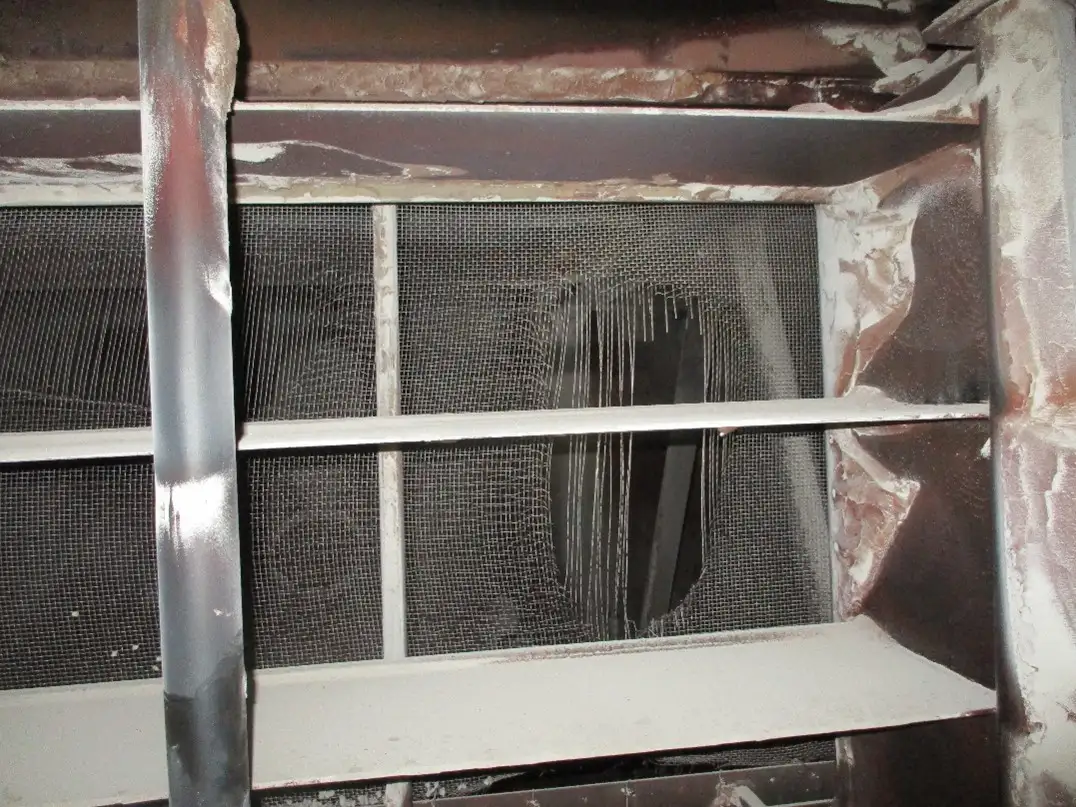
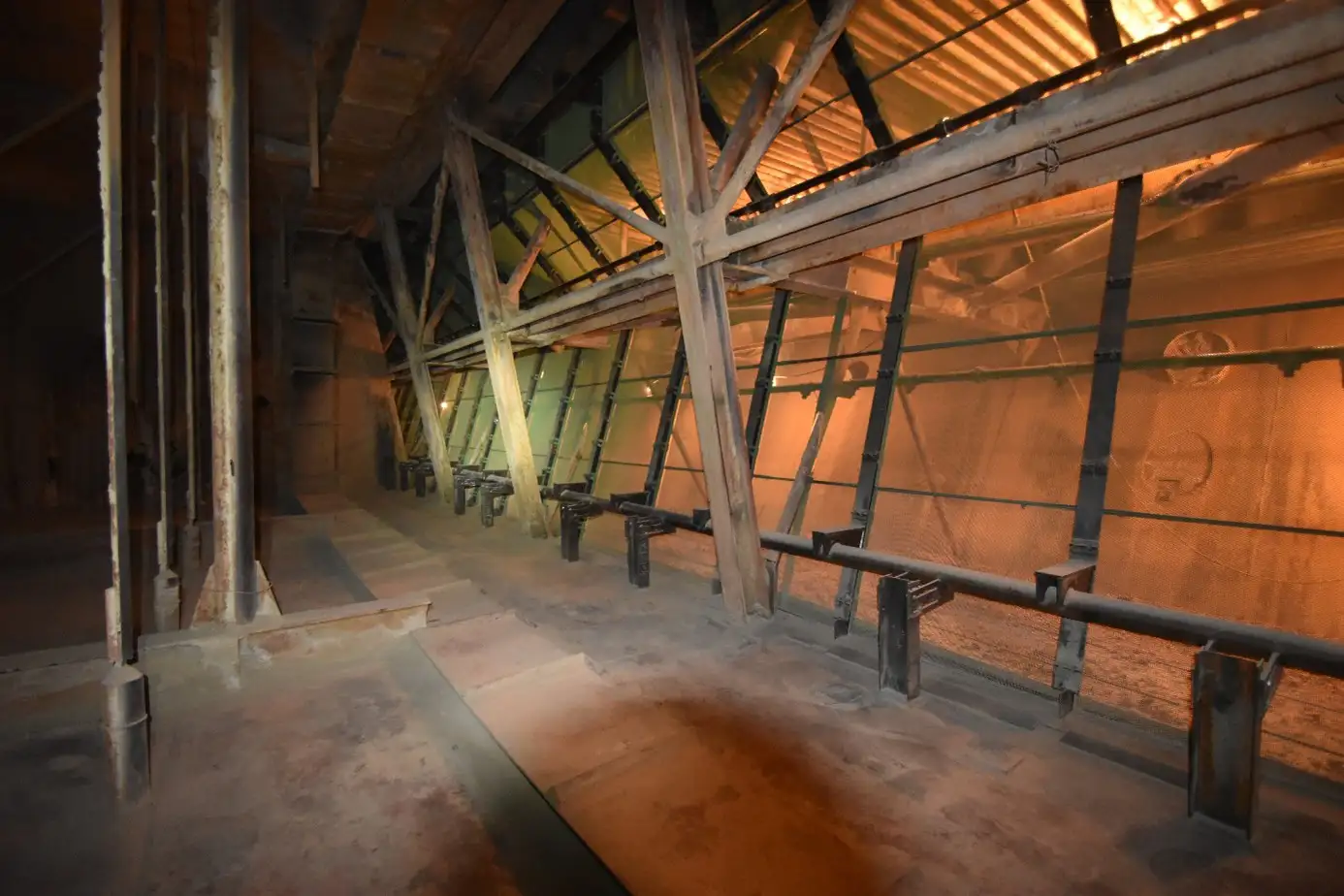
The IGS NoNOx LPA screen was installed in 2017, replacing the previous OEM design. The superior design and protective High Velocity Thermal Spray (HVTS) cladding proved successful in this aggressive application, with no reported screen breaches between outages. This provided reliable LPA filtration and protected the SCR. This, along with the SCR air cannons and CatFlow® screens, addressed the SCR ash piling and eliminated SCR related outages and derates.
However, similar to brake pads on a car, the LPA screen system does require periodic maintenance to provide long-term performance. During an inspection in early 2023, although no breaches in the LPA screens were found, it was determined that the LPA screens were showing signs of wear, and action would be required to extend their service life and ensure long-term reliability.
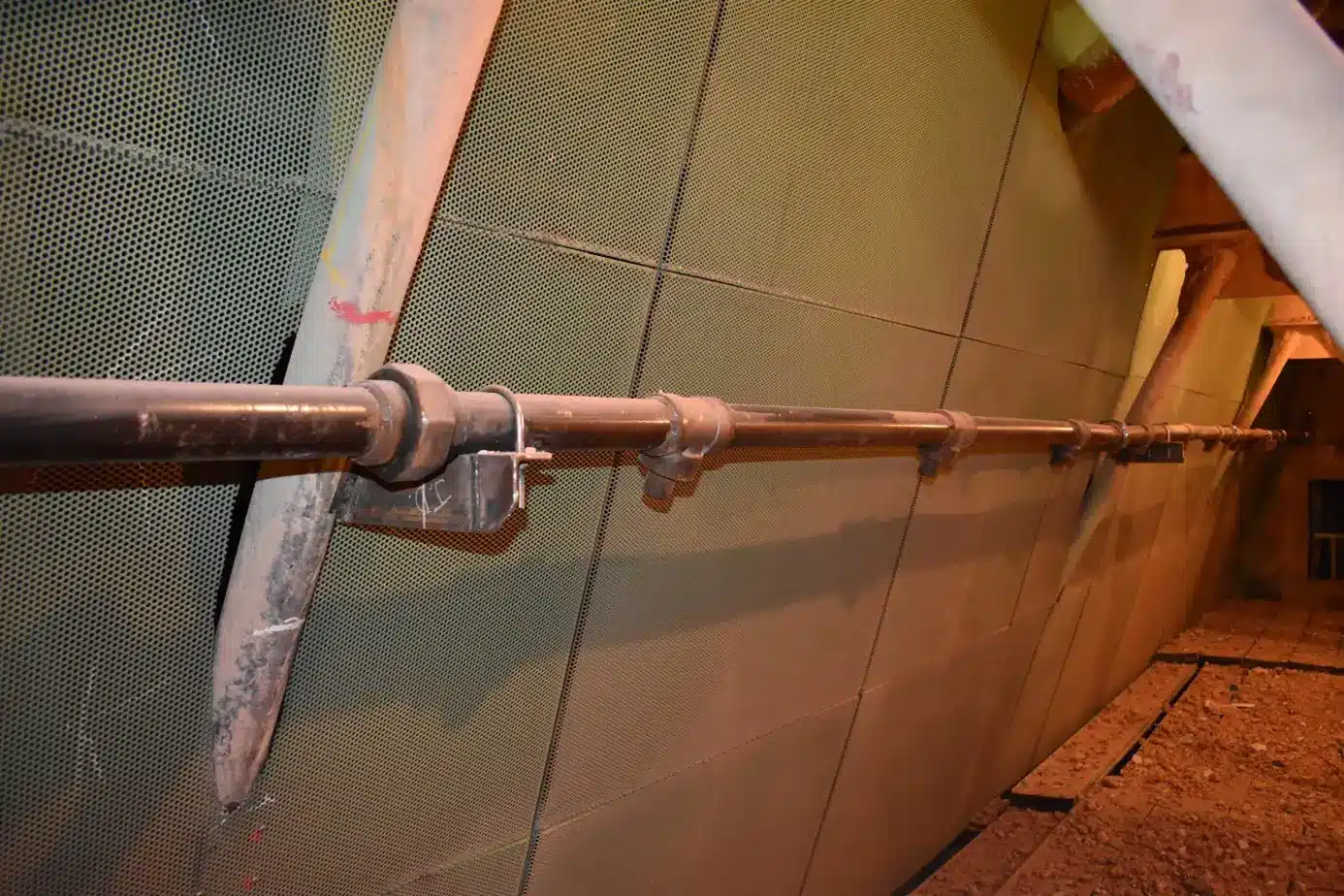
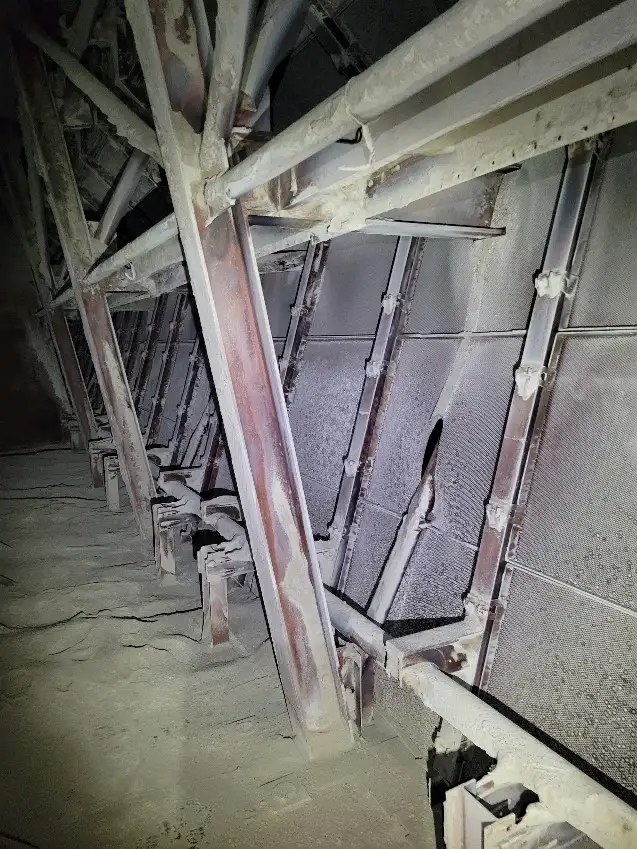
IGS reviewed the various maintenance options with the plant, and it was decided that a partial screen panel replacement and full system refurbishment was the most cost-effective solution to keep the system in a reliable condition.
The refurbishment process involved media-blasting the LPA screen, which allowed for a detailed inspection of each screen panel while simultaneously preparing the screens for the refurbishment coating application. IGS then inspected the panels closely, looking for indications of severe wear and damage that would require replacement. Worn out panels totalled roughly 20% of the screen panels, which were replaced with new NoNOx LPA screen panels.
After these panels were replaced, IGS reapplied the two-stage topcoat to the remainder of the LPA screen array. This coating is dual purpose; it adds a layer of erosion protection while the bright green color of the coating acts as a wear indicator for the system.
The refurbishment of the LPA screen ensured it would continue to offer reliable protection of the SCR for years to come, while also avoiding a full LPA screen panel replacement. This provided significant cost savings.
Additionally, the refurbished top coat made future inspections quick and easy by making the green pigment a wear indicator. An inspector can now assess and monitor the LPA screen condition quickly and regularly, ensuring proper maintenance and eliminating the potential for LPA screen failures.
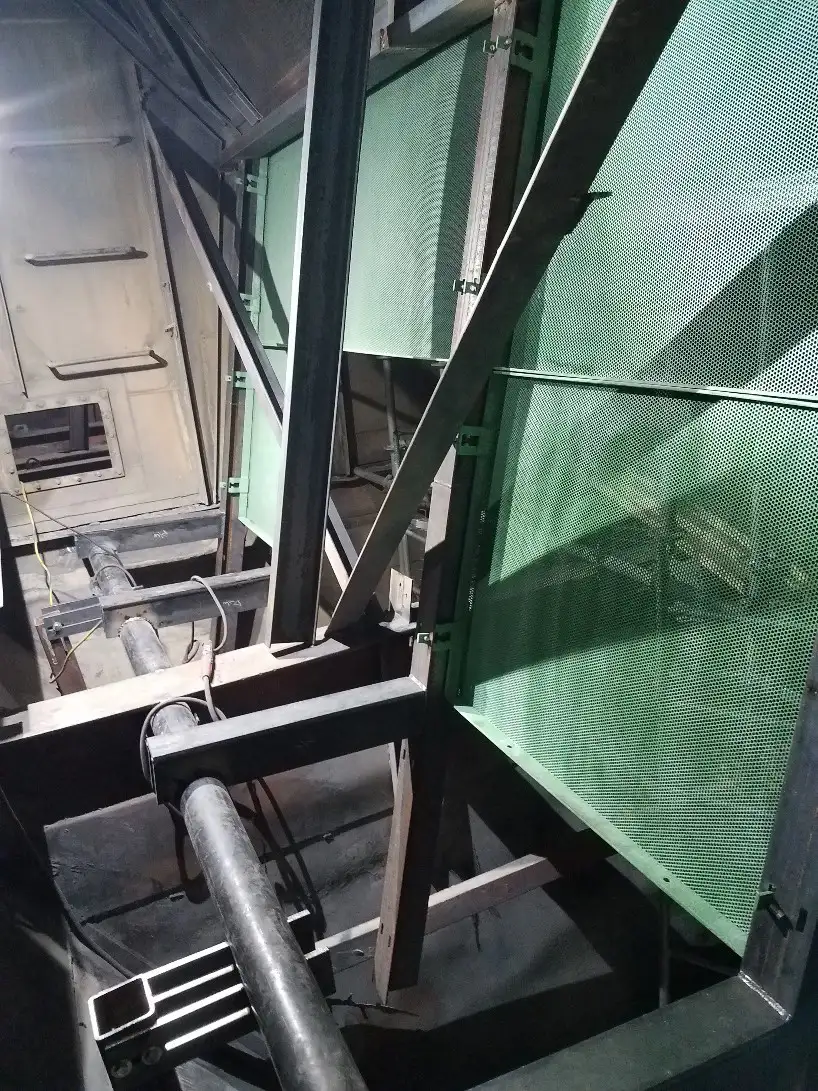
Proactive maintenance programs can significantly extend the life of the LPA screens, drastically reducing replacement costs. Ensuring LPA screen reliability is the first and most important step in keeping an SCR reactor free from build-up. In a volatile economy with tightening emissions restrictions, plants must maintain LPA screens and SCR reactors with the best maintenance processes and online cleaning technology available.
For more information about this case study, quote this IGS Project Number to your local representative: 123456
Related Case Studies:
Related Questions:
CATEGORIES: